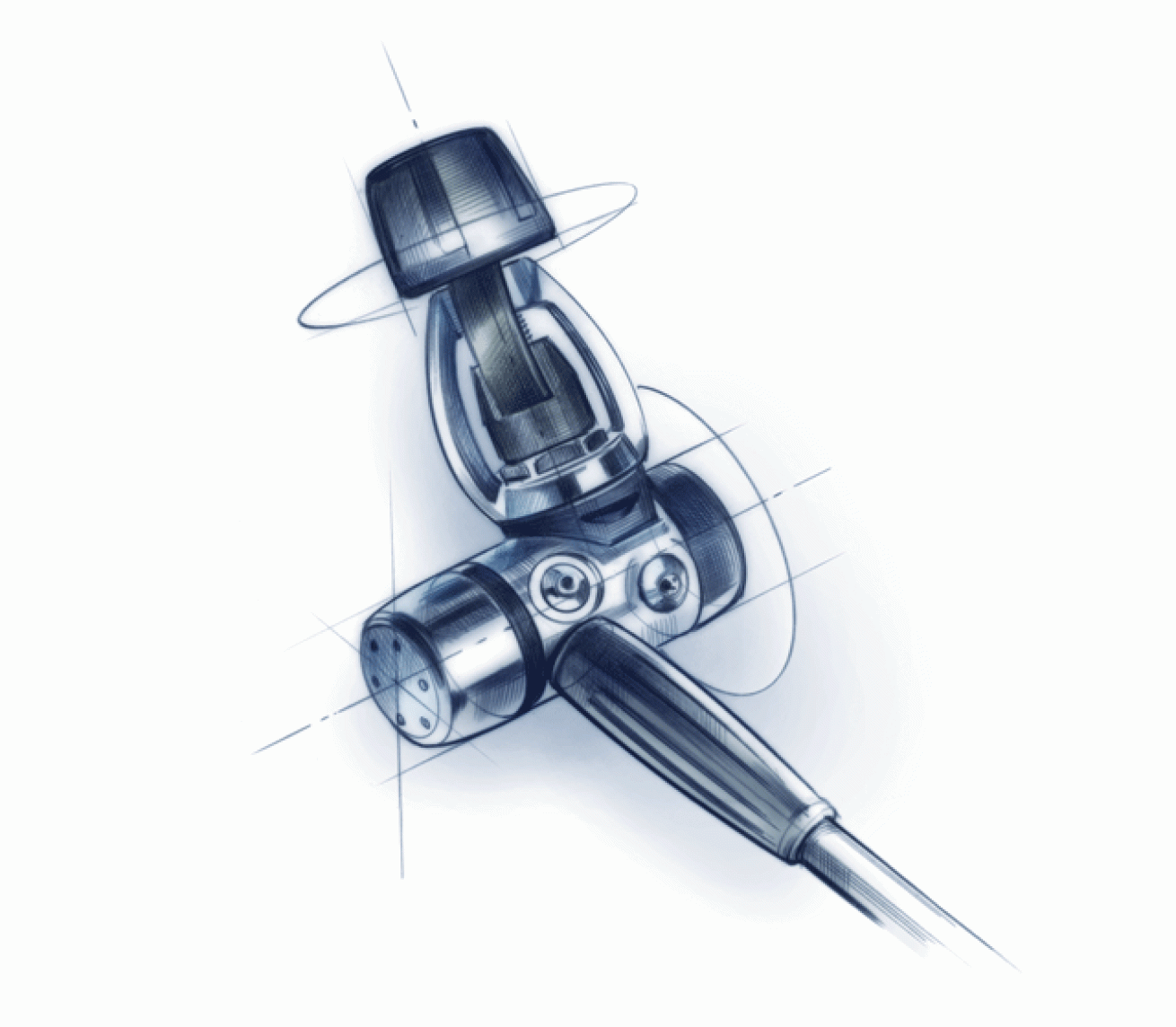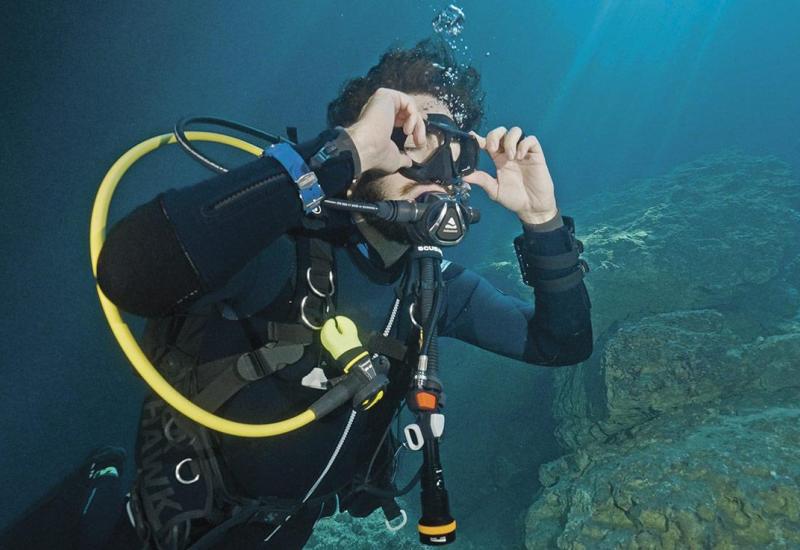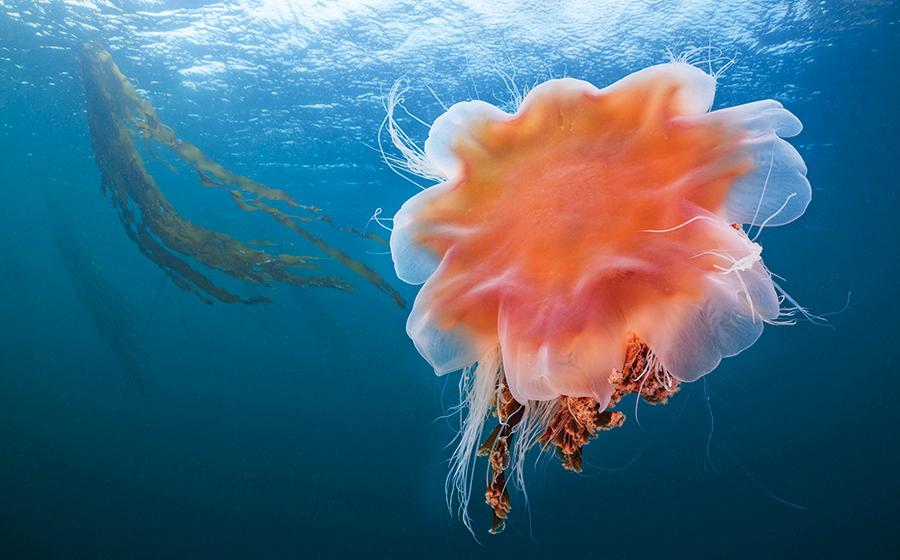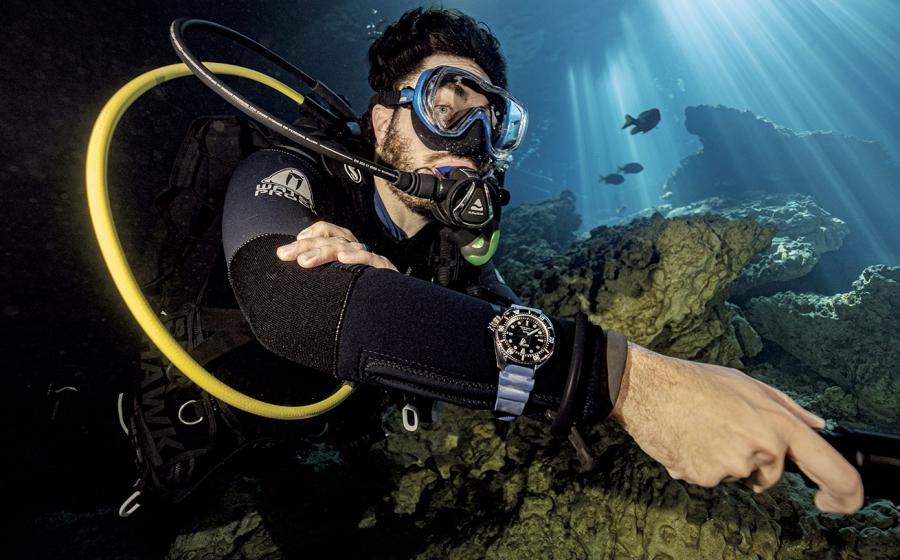Guide to a Scuba Regulator's First Stage: DIN vs. Yoke and More
What kind of first stage scuba regulator works best for your diving style? We break down some common questions about scuba regulators — what's a piston? Yoke vs. DIN? What's unbalanced mean? — in this guide to the first stage of a scuba regulator.

Bruce MorserThe environmental kit keeps water out of the first stage.
1. Piston and diaphragm
These are two approaches to first-stage design that accomplish the same goal. One uses a rigid piston to move air, the other a soft diaphragm. Both have been around for decades and are proven performers; however, diaphragm systems are often preferred by divers who frequent cold or contaminated waters.
2. Unbalanced, balanced or overbalanced
Unbalanced first stages are low cost but don’t compensate for tank-pressure changes, so as the SPG’s needle drops, breathing resistance increases. Balanced first stages are able to maintain a steady intermediate pressure, regardless of cylinder pressure, so breathing will be as easy at 500 psi as it is at 3,000 psi. Overbalanced first stages take it a step further by progressively increasing intermediate pressure as depth and gas density increases.
3. Number of ports
More ports provide more hose-routing options. Some regs have only one high-pressure port and just a few low-pressure ports; for some divers, this is enough, but divers who like to hook up redundant systems or who dive in a drysuit will need more.
READ MORE: How a Regulator's First Stage Works
4. DIN vs. yoke
The yoke fitting screws onto the standard K-valve found on most aluminum 80s, while a DIN fitting screws into a specially threaded DIN valve. DIN fittings attach to the tank more securely and are designed to withstand higher pressures.
5. Environmental kits
These kits keep water out of the first stage, preventing contamination in dirty water or icing in cold water. Keeping water out can also reduce the need for maintenance.
For more on regulators and other scuba diving gear:
2017 Regulator Roundup | 5 Ways To Know Your Reg | 5 Easy Tips To Care For Your Reg










